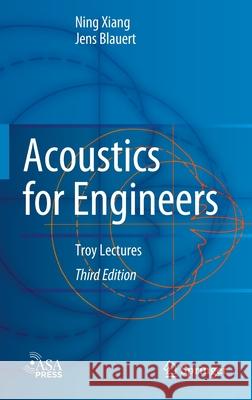Acoustics for Engineers: Troy Lectures » książka
topmenu
Acoustics for Engineers: Troy Lectures
ISBN-13: 9783662633410 / Angielski / Twarda / 2021 / 424 str.
Acoustics for Engineers: Troy Lectures
ISBN-13: 9783662633410 / Angielski / Twarda / 2021 / 424 str.
cena 363,12 zł
(netto: 345,83 VAT: 5%)
Najniższa cena z 30 dni: 346,96 zł
(netto: 345,83 VAT: 5%)
Najniższa cena z 30 dni: 346,96 zł
Termin realizacji zamówienia:
ok. 22 dni roboczych
Bez gwarancji dostawy przed świętami
ok. 22 dni roboczych
Bez gwarancji dostawy przed świętami
Darmowa dostawa!
Kategorie BISAC:
Wydawca:
Springer
Język:
Angielski
ISBN-13:
9783662633410
Rok wydania:
2021
Wydanie:
2021
Ilość stron:
424
Waga:
0.78 kg
Wymiary:
23.39 x 15.6 x 2.39
Oprawa:
Twarda
Wolumenów:
01
Dodatkowe informacje:
Wydanie ilustrowane











